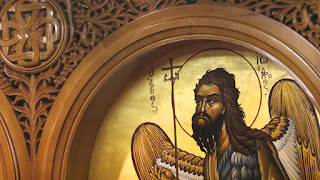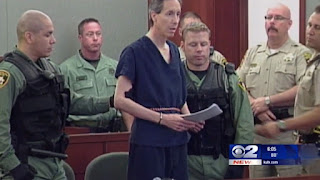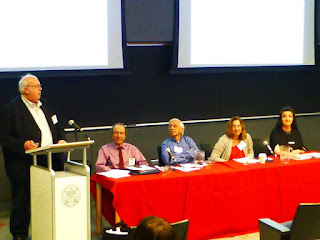Kathryn Brenzel
The Real Deal
April 29, 2016
Virtu Financial has closed a $105 million deal with the Jehovah’s Witnesses for a religious dormitory.
The investment company, headed by Florida Panthers owner Vincent Viola, has purchased 124 Columbia Heights in Brooklyn Heights, a dormitory building that spans 152,670 square feet, property records filed this week show. The building is one of threethat the religious group was actively marketing as it moves its headquarters to Warwick in Orange County.
The Jehovah’s Witnesses are also selling its current world headquarters at 25-30 Columbia Heights in Brooklyn Heights. The third property is a block-long building at 85 Jay Street in Dumbo. Some of the city’s biggest landlords, including Silverstein Properties and Vornado Realty Trust, reportedly bid on the properties. In 2013, Jared Kushner, RFR Realty, Invesco and LIVWRK paid $375 million for a portfolio that includes five industrial buildings and a hotel owned by the religious organization.
Virtu recently made another buy in the neighborhood. In September, the company scooped up a 12-story rental building in Brooklyn Heights for $35 million. Viola’s wife, Teresa Viola, president of invitation maker Maida Vale Designs, signed the deed for 124 Columbia Heights.
http://therealdeal.com/2016/04/29/virtu-pays-105m-for-jehovahs-witnesses-building-in-bk-heights/












